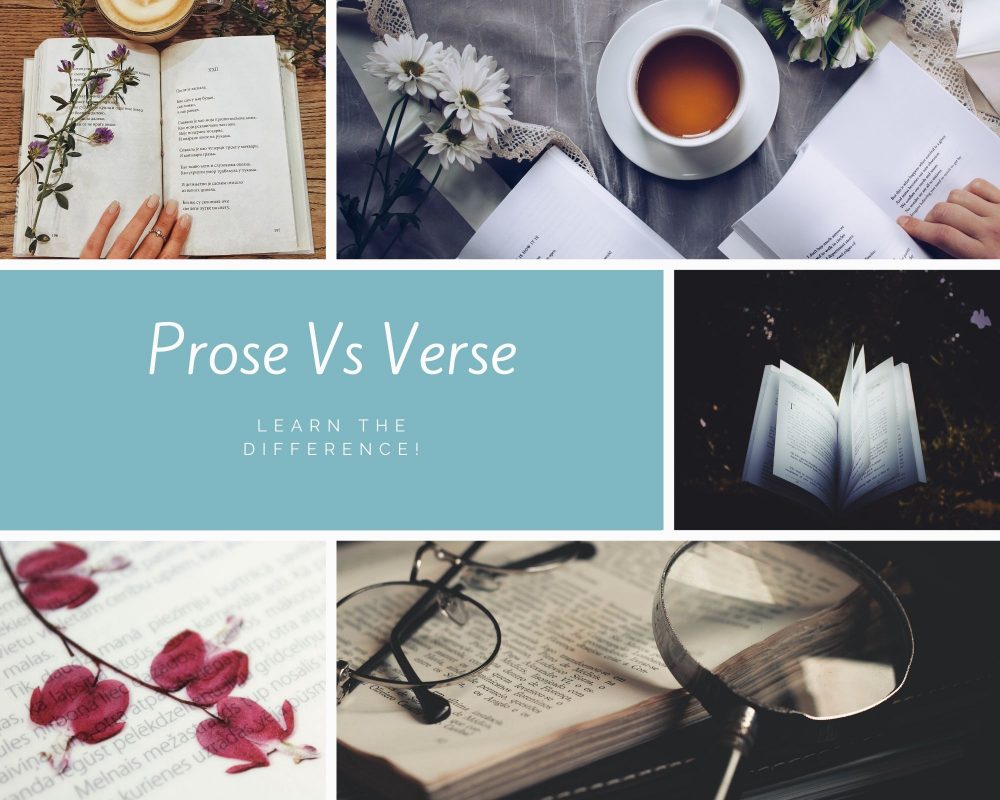You’ve been busy reading persuasive articles. Ever thought of writing one of your own? Did you manage to do it? Well, here’s the solution.
Persuasive articles form a majority of college essays. Students are therefore required to fully master the science behind this form of essay for them to effectively craft a top-notch piece.
Since it is persuasion, one should be able to know the persuasion techniques that can be used in such a type of writing. This article will cover the structure, language techniques, and of course, some tips to enable you to write an excellent persuasive essay that will be the envy of many.

Table of Contents
A persuasive article gives a writer’s take on a topic or theme supported by well-researched facts and statistics as evidence. It is not intended only to influence the opinion of your readers concerning a particular problem but also selling merchandise.
To persuade someone, you will need to use language that touches on the emotion of this person. Imagery can also be used back by authentication from other sources.
Before any further ado, let’s look at the different types of persuasive writing.
Three Types of Persuasive Writing
We will look at these types of writing identifying the unique differentiator of each:
1. The Appeal to Character
Character is also known as Ethos, a Greek word that suggests what characterizes a person, nation, or ideology. When writing this type of essay, you will be required to present yourself as one who has a character and use your virtues to hook the reader to your article.
It aims to bring to light how a particular person conducts himself, his ethics, and what he is good at personally.
2. The Appeal to Reason
In this type of persuasive writing, the author incorporates the use of factual evidence and proof to persuade the reader that their arguments hold water and not some mere fantasies.
Statistics form the bulk of the evidence used to persuade logically.
3. The Appeal to Emotion
Most people tend to listen to their emotions at the expense of their minds. When writing this type of essay, you take advantage of one’s beliefs or preoccupation to lure them to your point of view.
During a crisis, let’s say floods, you can call for well-wishers to support with clothing, food, and shelter for the affected. The reader will, therefore, empathize with the victims and thus have an emotional urge towards helping them.
These three types of persuasive writing are essential in college essays and even in regular conversations.
As promised hitherto, let’s now delve into the structure of mind-blowing persuasive writing.
Persuasive Article Structure
The goal of a persuasive essay is to make the reader agree with you, thus, making it your mandate to persuade them fully. Remember that doubting Thomas’s are many hence the need to show them the scars on the hands and the piercing on the side for them to believe.
Here is the structure of standard persuasive writing:
Title
In most cases, the claim will be in the form of a question. If you want to talk about corruption, your topic in the form of a problem can be: Are we winning the War on Corruption?
The persuasive topic should be relevant and one that is mind provoking to enable the reader to delve more into the body. Let it be like that teaser of a series of movies that makes you yearn for the full episode.
Introduction
The introduction of a persuasive article is where the writer captures the attention of the reader. It is to mean that the presentation should be catchy and as tantalizing as crispy pickle stored in salted vinegar.
Just like in fishing, the writer uses the introduction as a hook. One can decide to use a rhetorical question, famous quote, rib-cracking joke, or any interesting fact related to the topic.
The background of the topic is given by the writer to contextualize the issue. It also shows some different thoughts on the matter shortly.
The thesis statement is also inside the introduction. Once the author has given a brief overview of the subject, it’s now time to state their take and provide an overview of the claims to be made in the body of the essay.
The Body
It is determined by the number of facts the writer has to support his claims from the thesis statement.
The body is made up of arguments and counterarguments to persuade the audience. In most persuasive essay articles, the body follows a particular order in the structuring of the paragraphs.
Here is a brief discussion of this paragraph structuring:
- Topic Sentence
It is a sentence that gives the main point of the paragraph in which it is found. The topic sentence – also referred to as a focus sentence, acts as an envelope of the entire section.
- Explain
The ‘explain sentence’ specifies the topic sentence by giving further illustrations.
- Evidence
As in a court, the evidence sentence cements the claims made in the topic sentence. It can include statistics or quotes relevant to the topic that support it.
- Link
Just like two islands are linked with a bridge, the link sentence points back to the topic sentence and ushers the audience into the next paragraph.
Using this structure will give your paragraphs that extra touch needed to make them sharp, like the crack of a pistol.
And last but not least…
The Conclusion
It brings together the sum and substance of the persuasive essay. You should not bring in new ideas but sum up all that you’ve been talking about charmingly and remarkably.
The conclusion should be able to restate the thesis statement. The author should articulate the end in such a manner that leaves the reader with a strong impression – remember our doubting Thomas?
Before we wrap up our discussion on writing persuasive articles, let us look at some of the persuasive writing techniques, shall we?
Persuasive Writing Techniques
The best recipe will always have that secret ingredient that everyone doesn’t know about totally. Well, I’ll be so gracious as to reveal to you a few of these techniques:
Storytelling
Who else remembers that time of the evening when you’d sit around a bonfire and listen to a classic narration from your grandmother or grandfather? I still remember those stories until now – especially the ogre stories.
Our minds are made in such a manner that we tend to have an understanding of things better through stories. Such can be used in persuasive articles to enable the audience to grasp your essay easier.
Repetition
Repetitions stick a particular concept in the mind of a human being. When using this technique, you will be able to make your audience memorize the point of view you are persuading them to adopt.
Call to Action
It comes in the conclusion of most persuasive essays. Here, the reader is asked to do something by the author, for instance, start writing or stop smoking.
It’s Time To Write Persuasive Article!
Writing a persuasive article is such a simple task, after all. With the discussions above, you will be on your way to writing one of the most admired and selling the persuasive article.
What are you waiting for now? Get on it right away with the help with homework!



